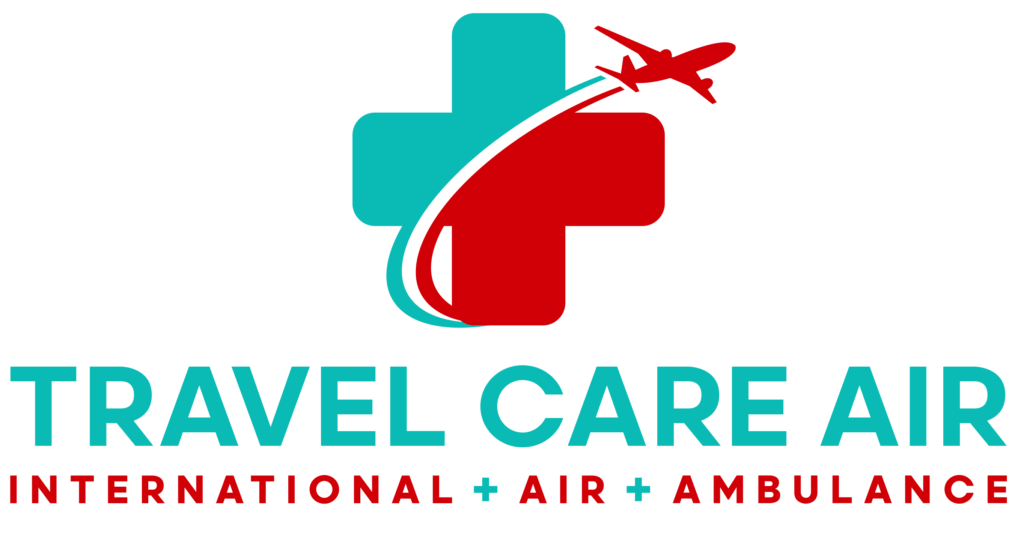Emergencies and Time-Critical Care
-
Trauma victims. Head injuries or major trauma in remote areas often require rapid air transport to a higher-level facility.
-
Traffic accidents. Helicopters can bypass congestion and land near the scene so patients reach definitive care sooner.
-
Disaster evacuations. After hurricanes, floods, or wildfires, aircraft move patients out quickly to stable care environments.
-
Severe burns. Flights to verified burn centers cut transfer time and improve outcomes.
-
Advanced Life Support. When a patient needs airway, ventilation, or vasoactive support en route, air crews provide ALS continuously.
-
Spinal injuries. Fixed-wing or helicopter teams move patients safely with immobilization and in-flight monitoring.
Transplants and Specialized Treatments
-
Transplant patients. When surgery is scheduled far from home—or time is short—air transport closes the distance.
-
Organ transport. Teams also fly donor organs under strict handling to keep them viable.
-
Cancer care. Patients reach specialty centers for chemo, radiation, or clinical trials and return home with support.
Rural, Remote, and International Needs
-
Rural access. In sparsely served regions, aircraft link patients to trauma, cardiac, or stroke centers.
-
Travelers abroad. After an injury or illness overseas, medical flights return patients to familiar doctors and family.
-
People stranded in remote terrain. Hikers, campers, and outdoor enthusiasts get out of backcountry locations quickly—even in winter conditions.
Seniors, Families, and Non-Emergency Travel
-
Elderly travelers. Seniors fly with clinical oversight to reunite with family or transfer to new care settings.
-
Bedside-to-bedside moves. Continuous care from sending bed to receiving bed keeps treatment seamless.
-
Family relocations. Loved ones move closer to home when personal support matters most.
-
General travel needs. Some patients want to attend milestones—weddings, reunions, last-wish trips—safely and comfortably.
-
Medication management. A medical escort on a commercial flight administers meds and monitors conditions when a private aircraft isn’t necessary.
Seasonal and Activity-Related Injuries
-
Winter sports injuries. Snowmobile, ski, and ice-related accidents often occur far from hospitals; aircraft shorten the journey.
-
Sports and recreation trauma. Falls or high-energy injuries during outdoor activities get rapid transfer to appropriate centers.
Those are just a few reasons why people call us. If you are in need of care, please feel free to request a quote from us today!
